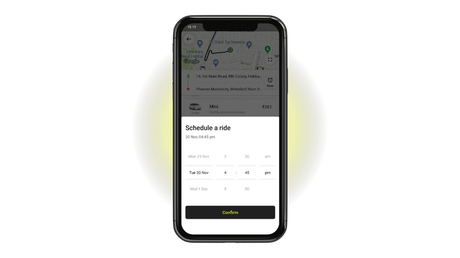Not every startup idea is bound for success, and pitching to a room full of investors is no small and easy feat. Then how did a small website venture that once offered weekend trip packages (Olatrip.com) emerge as an electric vehicle company? How did a company convince investors to invest a total of $4.3 billion over 26 rounds?
Introducing you to the green-eyed boy of the Indian startup ecosystem, the first-of-its-kind taxi aggregator service provider in India, Ola!
(& the new-to-customers 3rd December 2010 Ola business model) ushered in revolutionary changes in India and marked the transition from traditionalism to technology .
Bad experience * during a car rental situation goad Bhavish Aggarwal (founder and CEO, Ola) into the ride-hailing business. His car rental business (Olatrip.com) became the basis for his billion-dollar business ( , Ola was valued at
Within of Ola's birth, the company said Hola to 85 cities in India.
India's Ride-Hailing Market Share
Ola had a market share potential of in while Uber had only 15% of India's ride-hailing market share.
of India's ride-hailing market share. Ola still is The Indian homegrown operator continued to lose its market shares over the years while Uber continued to see sensational growth. As of , Ola and Uber had and India's largest mobility platform.
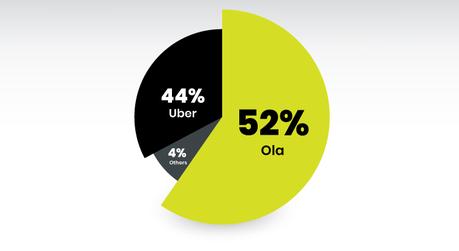
Ola's biggest problem is neither growth nor cash efficiency, it's to hold off the world's most valuable venture-backed startup, Uber.
No doubt, India is a two-horse race. That said, if you are thinking of launching a ride-hailing startup in India, you'd be competing with 2 giants.
Lacing the streets of 250+ cities across India, Australia, New Zealand, and the UK with cabs that spell security, Ola redefines mobility for billions.
*Ola took over India before it expanded to other countries.
Key Lesson: Start Local Before Going Global
In , Ola extended into its first overseas market, January 2018 Australia. In September 2018, the company stepped into New Zealand.
It began its operation in the UK by introducing auto-rickshaws in This introduction intrigued the interest of more than 10,000 drivers March 2019. who applied both in online and offline mode ahead of its launch in London.
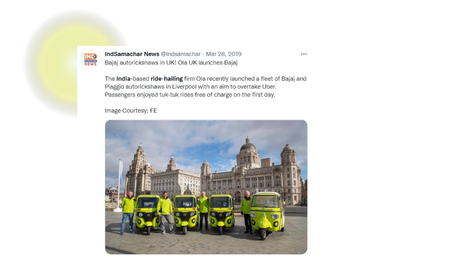
Simply put, it is easy for companies to expand once they get hold of one region. Let's consider a few more examples!
These companies' international expansion was based on a , which truly is the only approach possible. locale-by-locale approach One can't get everywhere at the same time, regardless of one's budget.
That's why it makes sense to start Local before going Global.
Which apps do you open when you think of booking a cab online in India? Ola? Uber? Exactly, and that's your only competition if you are considering launching a ride-hailing startup in India.

What About Other Taxi Aggregators In India?
- Can Meru and other taxi aggregators be considered as well designated competitors of Ola, Uber, or any other soon-to-be-emerged ride-hailing startup?
The Indian ride-hailing world thinks, NOT! The price system embedded into the Ola business model is far better than what other taxi aggregators offer.
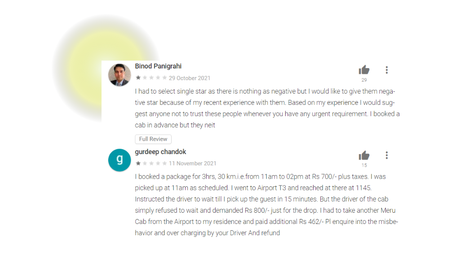
- Transparency leads to (Customer) trust but, unfortunately, new ride-hailing companies still learning to love transparency.
, our pre-built ride-hailing app script designed for aspiring entrepreneurs to launch an app like Ola within a few months allows customers to view the price before booking a ride ( similar to Ola ) along with an additional, easy-to-use feature - a feature that lets customers choose their driver ( male/female ).
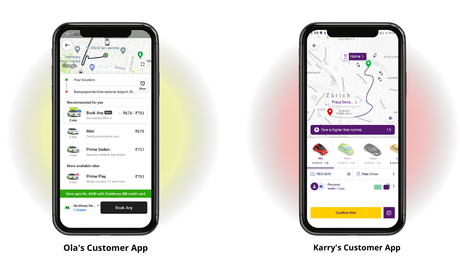
For consumers confused about complicated tax pricing calculators, Karry unveils a rate card for every vehicle type, and that too, before booking.
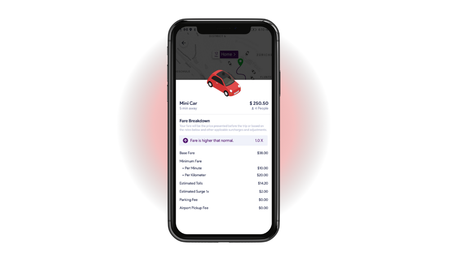
Coming back to other Indian ride-sharing companies, Meru cab is more expensive than Ola - a company that provides the same facilities at lower rates.
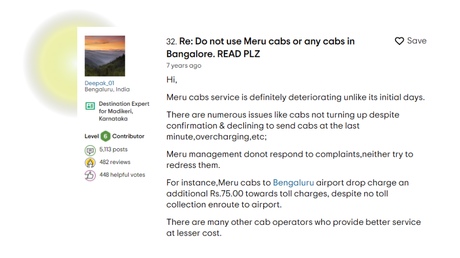
The Ola business model revolves around offering ride-hailing services, car rental services, cab-leasing program, Ola Money, Ola Prime Play, and, of course, its electrical vehicle arm, Ola Electric.
Website, call center, mobile application - there was a time when Ola had as many as 3 channels to accept customers' requests. As time went by, Ola gave a second thought to its methodology and started accepting appointments just through the applications.
Ola teamed up with technology to mold its business model, riding customers into the realm of comfort and sending drivers to follow the footprints of financial freedom using customer app , , and admin dashboard .
Ola's customer app says a lot about Ola's ambitions. From to 24*7 customer care serviceGPS ninjas embedded in the Ola business model, every feature shouts customer comfort and security.
- Customer security is Ola's priority. Unfortunately, we can't say the same for other Indian ride-sharing companies.
- Ola also offers a car rental facility for outstation trips. It doesn't limit its services to the city boundary.
- What else stands out is a scheduled service. Of course, Meru and other Indian ride-sharing companies also offer scheduled services but standing up to customers' expectations doesn't seem to be their cup of tea.
